I’ve worn smart glasses for over 4 years — here’s the best AR and AI glasses
Here are the best AR and AI smart glasses you can buy
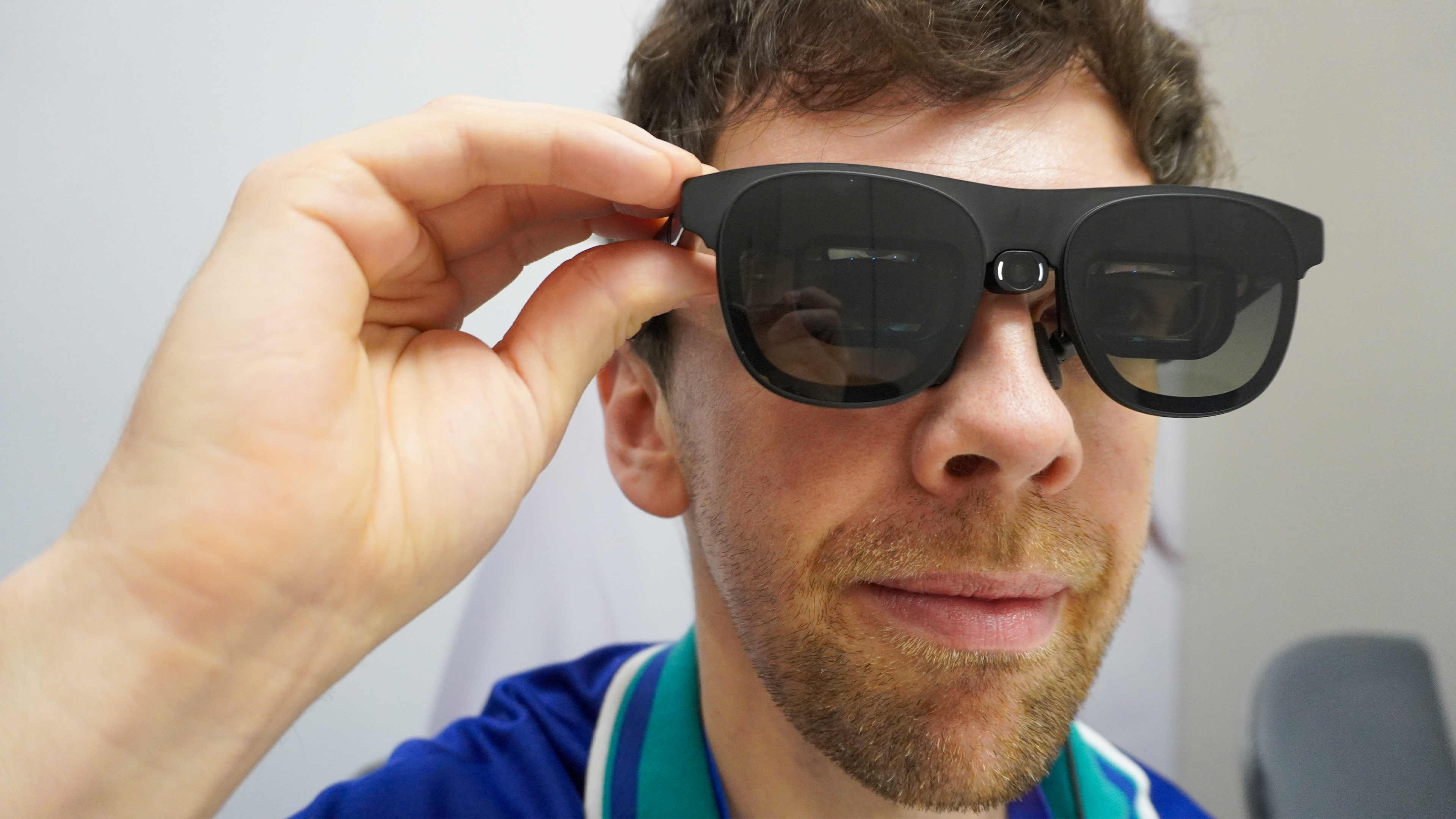
I’ve been wearing and testing smart glasses for over four years, so I know what to look for — and I’m here to help you find the perfect pair for your needs.
In this category, you’ve got two options: AR or AI. AR glasses are basically an external display for the likes of your laptop, tablet or smartphone — whereas AI specs come armed with compatibility with LLMs like ChatGPT or Meta AI to help answer questions about the world around you.
And whether it's augmenting the world around you with the likes of Snap Spectacles or Meta Orion, the upcoming launch of Android XR, or even a mini PC + AR glasses being a viable laptop alternative, development to make a pair of specs that pack the best of both AI and AR is moving rapidly.
But while this is a few years off, I recommend you think long and hard about what you want to get out of them.
For example: if you're a frequent flyer and want to watch, work and play without the neck strain of looking down at a laptop screen the Xreal One would be a solid choice. Or if you want to save yourself some money, the RayNeo Air 3s are a fantastic budget alternative.
Meanwhile, if you want to capture life’s moments faster than using your phone and get AI help like identifying ingredients and finding recipes, the Ray-Ban Meta Smart Glasses are the best choice.
Ones to watch in 2025
Why you can trust Tom's Guide
However, while the list below represents the best of the best, 2025 is the year of the smart glasses and new releases are coming out on the regular! With that in mind, it's worth me pointing out specs coming soon that may land themselves on this list.
- The Xreal One Pro specs look set to provide the best possible picture quality in AR glasses, thanks to that next generation display tech. But the release date has been pushed back slightly. Keep an eye out for a review once we get them.
- Second, one of Xreal's superpowers is the Beam Pro device providing an all-in-one spatial solution. Viture fought back recently with the Pro Neckband, and I'm currently reviewing it. Stand by for my full thoughts.
- Third, we've seen some huge news coming out of Meta — the company plans to launch a next-generation pair of its Ray-Ban Meta glasses that have a built-in display.
- And in response, Apple seems to be ramping up its work on a pair of glasses of it's own, and Tim Cook is "hell-bent" on beating Meta.
The smart glasses competition is really starting to heat up. So it's time to put my years of experience into practice and round-up the best AI and AR glasses you can buy right now.
The quick list
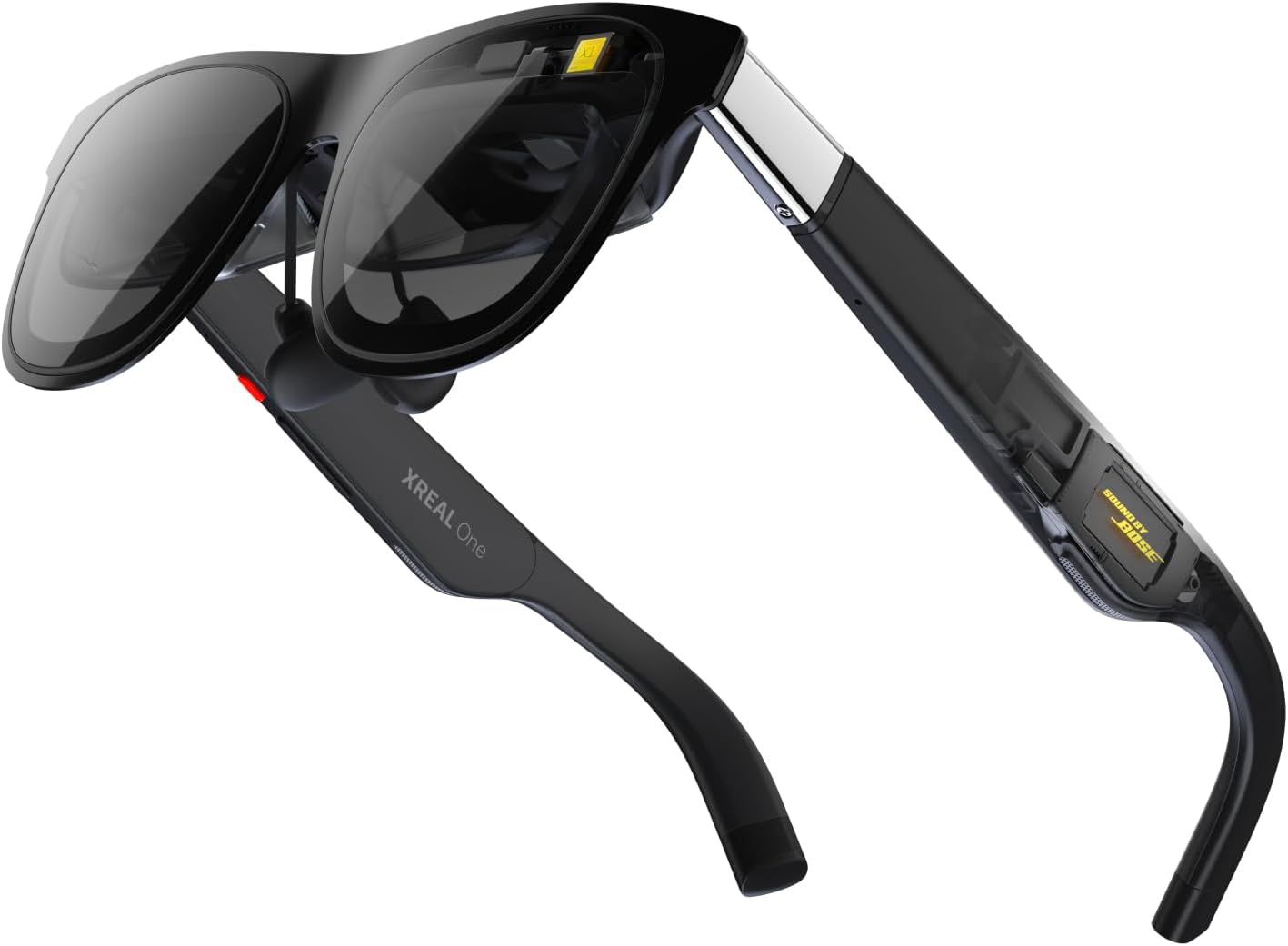
The Xreal One are the best overall AR glasses you can buy right now — doing everything just right from display quality to on-board software.
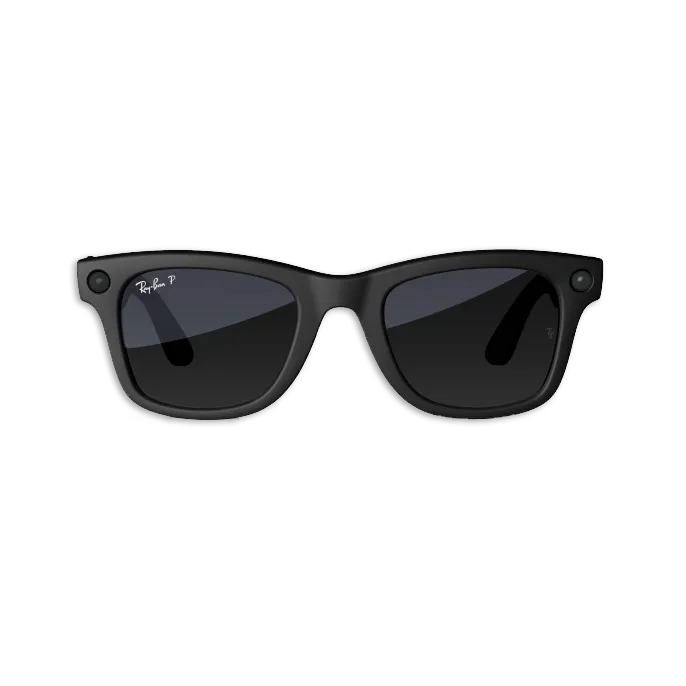
When it comes to AI smart glasses, the Ray-Ban Metas are a clear champion in this area. The constant updates with Meta AI are adding legitimate multi-modal help to everyday tasks.
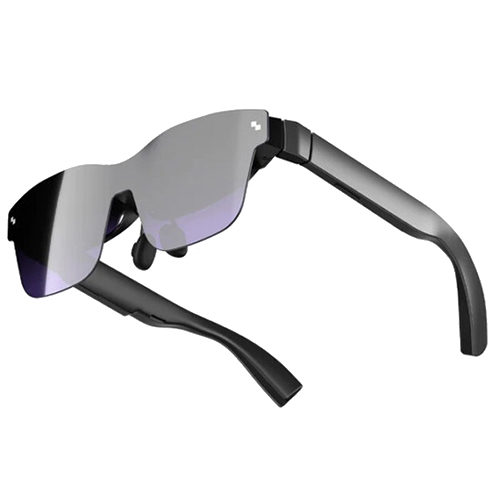
The RayNeo Air 3s ditch all the spatial computing stuff — focusing instead on offering an incredible picture quality and surprisingly strong sound output at a cheap price. For $269, they may not be the cheapest, but for pure price-to-performance, these are stunning value for money.
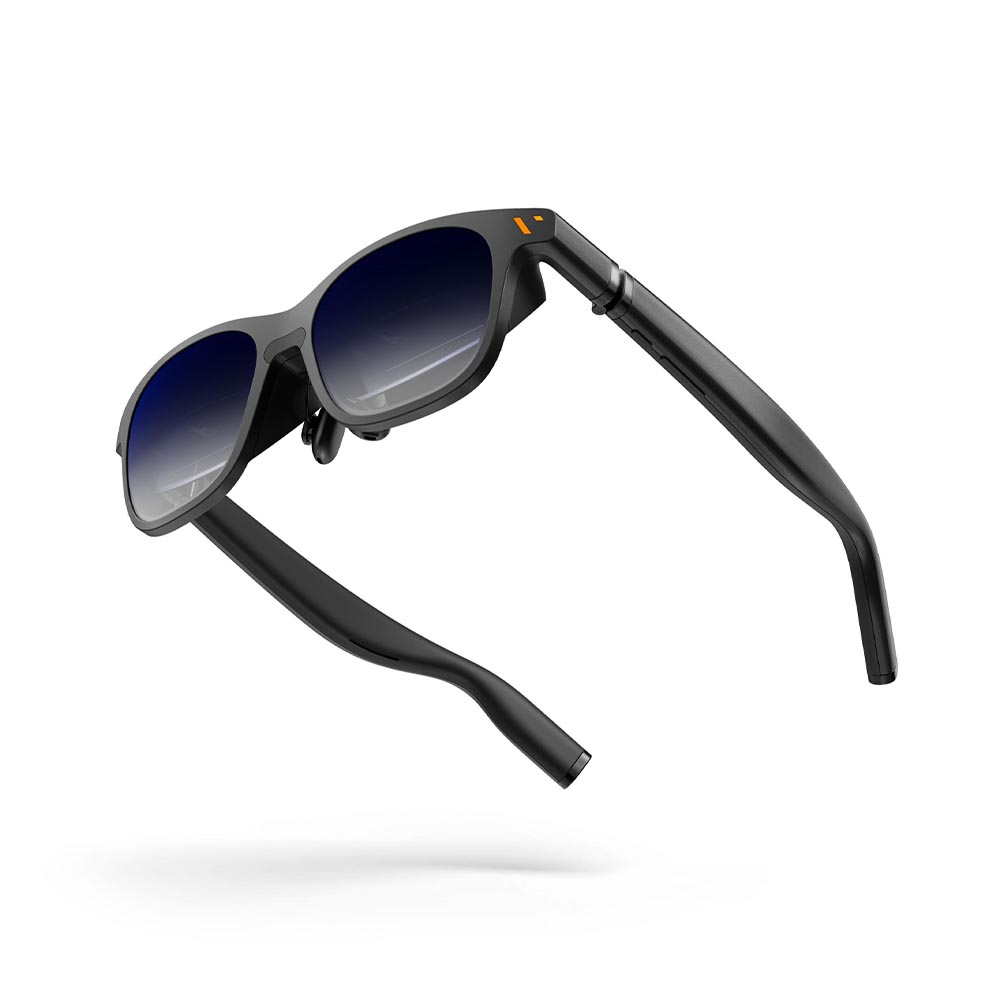
For the premium crowd out there, the Viture Pro XR Glasses are the luxury ticket to AR glasses with a carefully crafted design and gorgeous display technology, alongside the best AR software on the market.

It’s ChatGPT in a pair of glasses — what else do I need to say? The Solos AirGo 3’s voice assistant here is good enough for you to hold a conversation with, and run live translation. Oh, and did I mention that they are shockingly lightweight?

For the movie buffs and serial binge watchers, there's no better AR glasses display tech out right now than the Rokid AR Lites! Plus you get some spatial computing goodness to boot.
The best smart glasses you can buy today
The best AR glasses

Specifications

The Xreal One is my go-to pair of AR glasses whenever I'm traveling or when I want to work somewhere other than my desk in front of monitors. The improvements over Air 2 are small but significant — taking the next step in spatial computing thanks to the X1 chip. Not only is the viewing angle wider and the audio so much better, but the on-board silicon provides more direct controls and abilities on the glasses themselves, with no additional software required. Plus, if you buy the Xreal Beam Pro, you can take an entire entertainment system with you wherever you go.
Read the full Xreal One review
Who are these for?
The list of people who would benefit from Xreal One is long. The main one being if you’re a frequent traveler, then these are essential. But on top of that, I’ve been seeing serious benefits in gaming (using them as my personal display when the TV is being used), in moments where I’m working on something business-sensitive, and more generally when I want multi-monitor productivity that doesn’t involve sitting at my desk.
Why are these the best AR smart glasses?
With important upgrades to the display field of view, sound quality (thanks to the Bose-tuned speakers) and the X1 chip opening up a world of on-device control that you had to rely on phone/laptop software in the past to achieve, Xreal One represents the next step towards spatial computing. Plus, they're super portable with a small case, and comfortably wearable for hours on end.
What do we like?
👍 X1 chip is a mini breakthrough: When it comes to the pros of buying Xreal One, none quick stack up to what the X1 chip brings to the table. Essentially, instead of having to rely on external software (such as Xreal's Nebula app) to control/customize the picture coming to the glasses, you can do all that on-device now. That means you've got a 147-inch 32:9 ultra wide display available wherever you are — just at the push of a button.
👍 Display and Audio edges ahead: The AR glasses micro-OLED technology battle rages on, and Xreal takes a narrow lead with the One thanks to display prisms with a 1080p 120FPS picture that projects at a 50-degree field of view — slightly more than the Viture Pros. On top of that, the Bose-tuned speakers provide better clarity in the highs and surprisingly warm bass production.
👍 Super inconspicuous: AR glasses are always a little too large on the face — looking like a pair of spy glasses. Xreal One still has those pesky prisms to disguise, but it does so with a sleek wayfarer design that looks even more stylish and lowkey than before. The thinness of the lenses and the low-profile build makes for something that doesn't stick out.
What don’t we like?
👎 Field of view still limited: Yes, 50 degrees is still an impressive achievement for a pair of AR glasses. But that limited field of view can definitely be noticed on any sort of big screen mode. Fortunately, you can work around this by placing the screen slightly ahead of you.
Bottom line
The Xreal One are the best all-around smart glasses for those looking to get a pair of AR specs for work and play on-the-go. They're impressively comfortable, aesthetically sleek, pack a solid display and have good on-board software to boot.
The best AI glasses

Specifications

I’ve been using the Ray-Ban Meta smart glasses for a year now, and it’s been impressive watching them grow from strength to strength. At first, these were a supremely stylish pair of shades with a great camera for social video capture and live streaming, alongside surprisingly good speakers for listening to music on-the-go. Fast forward 12 months, and Meta AI has made these arguably the best multi-modal AI hardware you can buy — immensely helpful when you need them.
Read the full Ray-Ban Meta Smart Glasses review
Who are these for?
These are for what I’d call the stylistic nerds…weird, but let me explain! The immaculate aesthetic of Ray-Bans paired with Meta smarts make these a new kind of glasses that elevates them into an AI wearable. If you’re keen to implement AI into your day-to-day life, this is the best way to do it.
Why are these the best AI smart glasses?
Where other AI hardware companies have gone wrong is in the form factor. Humane AI Pin failed spectacularly, and the little orange box of Rabbit R1 makes it simply a fun utility to use every now and again. With Ray-Ban Meta glasses, that means AI is with you at all times in a very subtle, stylish way. Pair that with the ever-increasing suite of multi-modal AI features, and you’ve got some super intelligent specs.
What do we like?
👍 Gorgeous design: With smart glasses, you want them to fade into the background as a stylish frame on your face. That’s exactly what the Ray-Ban Metas do — in any of the 150 design options, the dimensions and aesthetic barely look any different to your standard pair of Ray-Bans. Plus, the attention paid to keeping that weight to no more than 50 grams makes them immediately wearable all-day round.
👍 Surprisingly good cameras: When it comes to camera capture on glasses, the world has gotten used to the quality not being so great. The 12MP snapper is light-years ahead of anything I’ve seen on smart specs, thanks to plenty of crisp detail in its social-friendly 9:16 aspect ratio, great color and contrast balance, and solid 1080p video with stabilization.
👍 Speakers and Mics are a revelation: The first thing you notice whenever calling someone on the glasses is the voice clarity. Those speakers are impressive with minimal audio spillage — packing surprising bass when playing music. On top of that, those on the other end of your calls will appreciate how clear and detailed your voice is through the mics.
👍 Meta AI is finding its stride: This is the start of the journey, but Meta is sprinting to add more features. Being able to not just brainstorm with my Ray-Ban Metas, but unleash multi-modal AI through the camera by asking about landmarks while traveling has been huge for me. Oh, and shout-out to the glasses picking my outfits for Costa Rica!
What don’t we like?
👎 Tricky to frame images: For how good the cameras are, you’ll have a hard time for the first few weeks guessing the framing of your image — since the lens is isolated to the left side of the glasses. Hot tip: turning your head just a few degrees to the right will ensure you get whatever you’re looking at in frame!
👎 Battery is good until it's not: In casual use, our video managing editor Kate Kozuch managed to get 6 hours of use on one charge out of the glasses. But once you start doing stuff like transferring content to your phone and using AI, I’ve seen that longevity halve. Make sure you don’t leave the house without your case.
👎 Pricey: At $299, these are indeed an expensive investment. But that’s just for the base model that gives you sunglasses lenses (limiting use to just 50% of the time because you don’t want to be that weirdo that wears shades indoors). Transition lenses will add considerably more to the price.
Bottom line
When it comes to the most polished experience in a pair of smart glasses, the Ray-Ban Metas win this hands down. They are easily the best AI glasses you can buy right now, and a stellar companion for capturing life’s moments, listening to music while not restricting your environmental awareness and taking calls.
The best cheap AR glasses
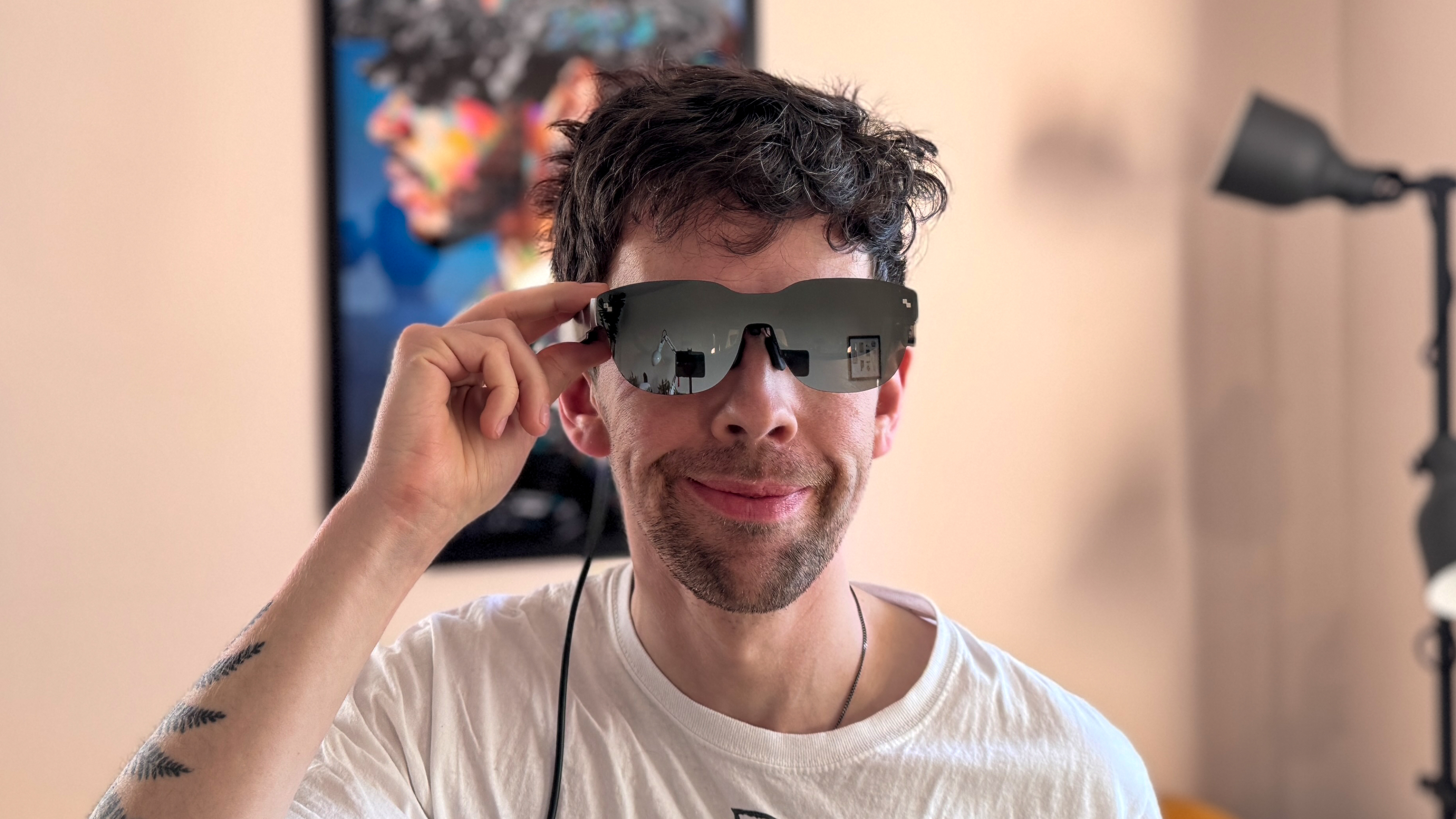
Specifications
Reasons to buy
Reasons to avoid

AR glasses can get expensive, but RayNeo Air 3s keeps things cheap by focusing solely on a gorgeous picture and crystal clear sound — priced at $269. It ditches the spatial computing smarts to just give you a prime entertainment experience on your face. And while the lack of ways to block out the light can be a pain, there's nothing better at this cost.
Read the full RayNeo Air 3s review
Who are these for?
These are for those who want to dip their toes into AR glasses, with the sole purpose of saving themselves neck strain of looking down at screens on long journeys.
Why are these the best cheap AR smart glasses?
The compromises RayNeo makes to get that Air 3s price down are in all the right places. Spatial computing on AR glasses is still a work in progress, so going back to the basics of a top notch picture quality and loud speakers is a masterstroke in value for money.
What do we like?
👍 Vivid, bright and smooth: Those HuwView micro-OLED displays were a joy to behold in front of my eyes during long haul flights — providing a sharp 1080p picture with a buttery smooth 120Hz refresh rate and vivid color.
👍 Good for work too: Usually, AR glasses lean in more towards over-saturating the OLED display tuning. The accuracy of the 98% DCI-P3 color gamut here gave me confidence in being able to do creative work in apps like Photoshop.
👍 Value for money: At just $269, this is a very comfortable pair of glasses with wearability for hours and a focus on the audio/visual experience that pays off massively for anybody focused solely on these.
What don’t we like?
👎 No lens shade: Given these are sub-$300, I didn't expect them to come with electrochromic lenses — the glass that can automatically darken at the press of a button to get more immersed in your content. But to not even get a plastic lens shade to blindfold yourself on long journeys is frustrating.
Bottom line
During my 5,000 miles flying with these, it became clear that the RayNeo Air 3s are easily the best value for money AR glasses you can get. If you don't care for 3DoF tracking or spatial computing, and just want a great external display on-the-go, these are the ones to buy.
The best premium AR glasses
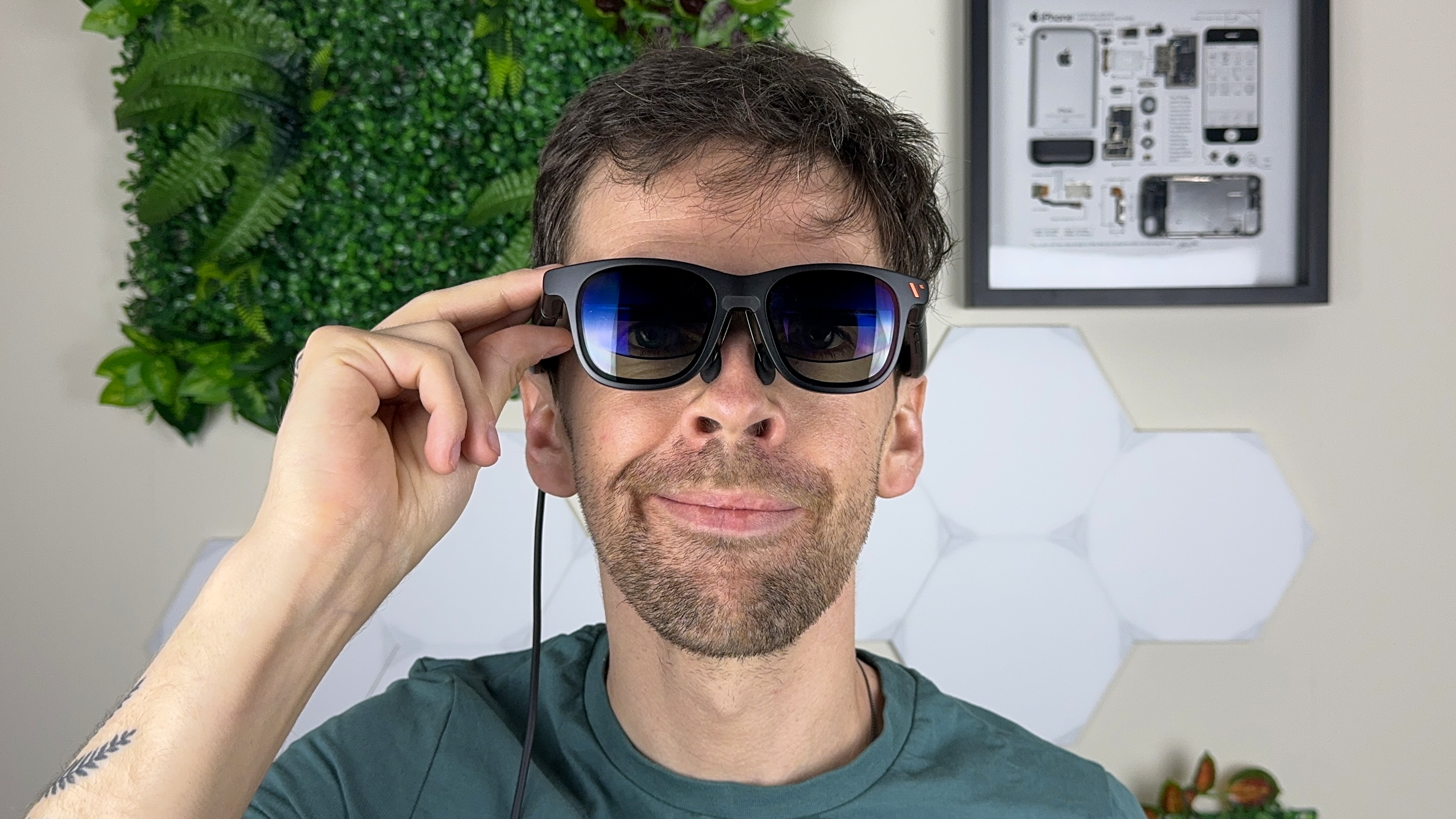
Specifications

The Viture Pro XR glasses are a special breed — an uber premium pair of AR glasses with the price tag to match. They may be expensive at $549 for the glasses along (but the Pro collection will unlock all the best features at a steep $788 — luckily discounted to $588 at the moment). But for that, you’re getting an impressively ultra-bright display, great comfort, and the best spatial computing software support in the business.
Read our full Viture Pro XR Glasses review
Who are these for?
These are definitely a luxury for those who are gunning for the cream of the crop (and have the money to do so). The price is steep, but so are my compliments for them.
Why are these the best premium AR glasses?
Behind these subtly stylish specs (that are comfortable for long sessions) lies gorgeous Micro-OLED display tech with a 1080p resolution per eye and a picture bursting with color — plus a brightness of up to a whopping 4,000 nits. But the real superpower here is its spatial computing capabilities, thanks to the SpaceWalker app.
What do we like?
👍 Great picture in a sleek frame: The Pros offer a lot of capabilities inside its relatively slim and stylish frames. These include impresside (and adjustable) display tech, thanks to the Myopia adjustment dials. This eliminates the need for inserts and means everybody can enjoy the simulated 135-inch Micro-OLED screen here.
👍 The electrochromic film is super effective: Other glasses on this list do sport the electrochromic film, which makes the external lenses lighter or darker with the push of a button. But these all do let in a little light, whereas the Viture Pros are on another level — it’s darkest level is virtual blackout.
👍 Spacewalker is one giant leap for XR: This software unlocks a lot. When installed on a laptop, it’s a seamless transition to up to a 3-monitor layout (even an ultrawide monitor can be simulated too). But when on a phone, you’ve got a full blown OS to navigate content on your phone and binge watch to your heart’s content. Put simply, Viture has thought about everything here.
What don’t we like?
👎 Expensive for the full package: If you stop at just the glasses, you’re limiting yourself from all the big features. You’ll need the Mobile Dock, too, and that kicks the price even further up to over $700.
👎 Sound is on the quiet side: In fairness to Viture, the surround sound quality is definitely there in giving you a sneaky bit of 5.1 action. But the volume is very quickly overwhelmed by any atmospheric noise around you.
Bottom line
The Viture Pro XR glasses are definitely on the pricier side (the most expensive on this list actually), but the luxury is immediately felt in the case, the specs and the display you see in front of them. And that doesn’t even take into account the app and software Viture has built to make it work as a spatial computer, too.
The best ChatGPT AI glasses

5. Solos AirGo 3
Specifications

In using the Solos AirGo 3 for a few months, the first thing you immediately notice is how light and wearable they are. In fact, anyone would be far pressed to know these are armed with ChatGPT capabilities. Without cameras, you’re just getting the voice-to-text AI assistant here, so you will have to explicitly describe everything you see in front of you to make a prompt. But for what they can do (particular shout-out to the live translation feature), they are a solid and low-cost pair of AI glasses.
Who are these for?
These are for those who are all-in on ChatGPT and its capabilities. Grab a subscription and you can really do some fun and helpful things here — including holding a conversation with your glasses to get stuff done.
Why are these the best ChatGPT AI glasses?
At $249, you’re getting a lot for your money here — a prescription-friendly frame that is shockingly light on the face and has surprisingly good audio to boot. Notifications are discrete; the notification LED is color-coded to keep you up-to-date on everything happening in your phone, and the speed of responses to all your prompts means you can hold a pretty good conversation with ChatGPT.
What do we like?
👍 Cheap, but not in its feel: This is a premium-looking and feeling pair of smart glasses, and since all the AI smarts use your phone, that means Solos is able to get away with making these super lightweight, too.
👍 Surprisingly good audio: I was a little blown away by the fidelity of the audio coming out of this featherweight specs — alongside the quality of the beamforming mics with Whisper Audio Technology that had me coming through loud and clear to anyone I called with reduced background noise.
👍 Hands-free ChatGPT: SolosChat runs through the glasses’ complementary app — bringing a great voice assistant for answering queries as you go. On top of that, a really impressive feature for travelers is SolosTranslate, which enables zippy live translation of foreign languages.
What don’t we like?
👎 Battery life is yikes: Well, to keep them so light, Solos had to cut something. Turns out it’s the battery, as you can probably get around 2 hours of light usage out of them. Play music or get on a long call, and that goes down to 90 minutes.
👎 A fiddly virtual button: Instead of a physical button like on the Ray-Ban Metas, Solos AirGo 3 packs a virtual button on the side, which is never in the place you really want it to be. That leads to some fiddling around every time to get it.
Bottom line
If the Ray-Ban Meta smart glasses are the best AI hardware you can get, Solos AirGo 3 take the chequered flag just behind them. However, they do hold the big superpower of ChatGPT running through its veins. OpenAI is definitely on the leading edge of LLM chatbots, and the Solos overlay lets you talk to it easily.
The best AR glasses for picture and sound

Specifications
Reasons to buy
Reasons to avoid

The Rokid AR Lite are just a successful Kickstarter project at the moment. But in testing these ahead of their CES 2025 unveiling, I can safely say these offer the best picture and sound in AR glasses. That 1200p picture per-eye is perfectly tuned for expressive color and deep contrast, and those speakers are surprisingly loud and crispy with detail. Pair that with Station 2 for useful spatial computing, and that high $749 price tag starts to make a little sense.
Who are these for?
The Rokid AR Lite package is for those prime pixel peepers who want to get the most out of that Micro-OLED tech. With a virtual screen size of 300 inches, this is the largest simulated cinema screen of the whole pack on this list. Plus, Station 2 gives you access to downloading a bunch of content for offline watching.
Why are these the best AR glasses for picture and sound quality?
Simulating a 300-inch TV in front of you, the picture quality is stunning here — big, bright and super sharp. On top of that, I'm not sure what kind of wizardry Rokid is up to, but the speakers are both loud and clear with a surprisingly minimal amount of tinniness given their size.
What do we like?
👍 Mind-blowing display: Micro-OLED has not reached the peak I thought it had. Rokid has upped the game with super crispy, gorgeous panels sporting a 1200p resolution per eye, a 120Hz refresh rate and a super wide 50-degree viewing angle.
👍 Surprisingly good sound quality: It's become a given that speakers in AR glasses may have good detail, but they will always be tinny. That was until I heard the crispy speakers in the Rokid specs — sublime surround elements with some surprising depth.
👍 Good spatial computing experience: The Station 2 accessory that comes in this package unlocks a fully-fleshed spatial computing experience with its little touchpad/accelerometer-armed frame. Slick in use for gameplay and productivity.
What don’t we like?
👎 This is pricey: While the price isn't confirmed outside of the Kickstarter page, list pricing indicates that the glasses and Station 2 combo will come in at a beefy $749. That's a steep asking price when you could get the Xreal Air 2 and Beam Pro for up to $250 less.
👎 No Electrochromic film: The beauty of AR glasses is that translucent viewing — getting all the goodness of that screen but still faintly seeing what's in front of you thanks to an adjustable Electrochromic film. Frustratingly, these don't have that and you're left relying on the snap-on lens shade.
Bottom line
If you want the best display and audio in a pair of AR glasses, the Rokids are the specs to buy. With their gorgeous picture quality (with myopia adjustment dials) and an impressive spatial computing element for watching all your content, this is the one for the binge watchers. Just watch out for that price tag and the lack of electrochromic film!
Sign up to get the BEST of Tom's Guide direct to your inbox.
Get instant access to breaking news, the hottest reviews, great deals and helpful tips.

Jason brings a decade of tech and gaming journalism experience to his role as a Managing Editor of Computing at Tom's Guide. He has previously written for Laptop Mag, Tom's Hardware, Kotaku, Stuff and BBC Science Focus. In his spare time, you'll find Jason looking for good dogs to pet or thinking about eating pizza if he isn't already.
